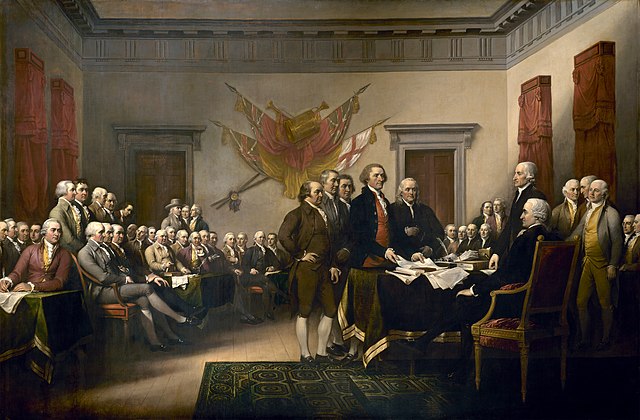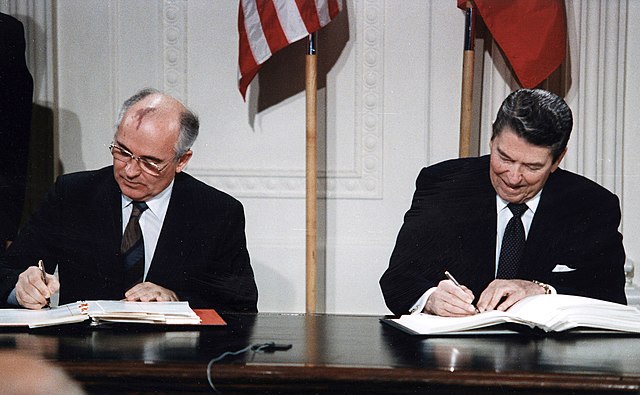The Mexican Cession is the region in the modern-day western United States that Mexico previously controlled, then ceded to the United States in the Treaty of Guadalupe Hidalgo in 1848 after the Mexican–American War. This region had not been part of the areas east of the Rio Grande that had been claimed by the Republic of Texas, though the Texas annexation resolution two years earlier had not specified the southern and western boundary of the new state of Texas. At roughly 529,000 square miles (1,370,000 km2), not including any Texas lands, the Mexican Cession was the third-largest acquisition of territory in U.S. history, surpassed only by the 827,000-square-mile (2,140,000 km2) Louisiana Purchase and the 586,000-square-mile (1,520,000 km2) Alaska Purchase.
Territory of the United States by 1850
The United States of America, commonly known as the United States or America, is a country primarily located in North America. It is a federation of 50 states, a federal capital district, and 326 Indian reservations. Outside the union of states, it asserts sovereignty over five major unincorporated island territories and various uninhabited islands. The country has the world's third-largest land area, second-largest exclusive economic zone, and third-largest population, exceeding 334 million.
Cliff Palace, built by Ancestral Puebloans in present-day Montezuma County, Colorado, between c. 1200 and 1275
Declaration of Independence, a portrait by John Trumbull depicting the Committee of Five presenting the draft of the Declaration to the Continental Congress on June 28, 1776, in Philadelphia
Mikhail Gorbachev and Ronald Reagan sign the Intermediate-Range Nuclear Forces Treaty at the White House in 1987.
The Twin Towers in New York City during the September 11 attacks of 2001





